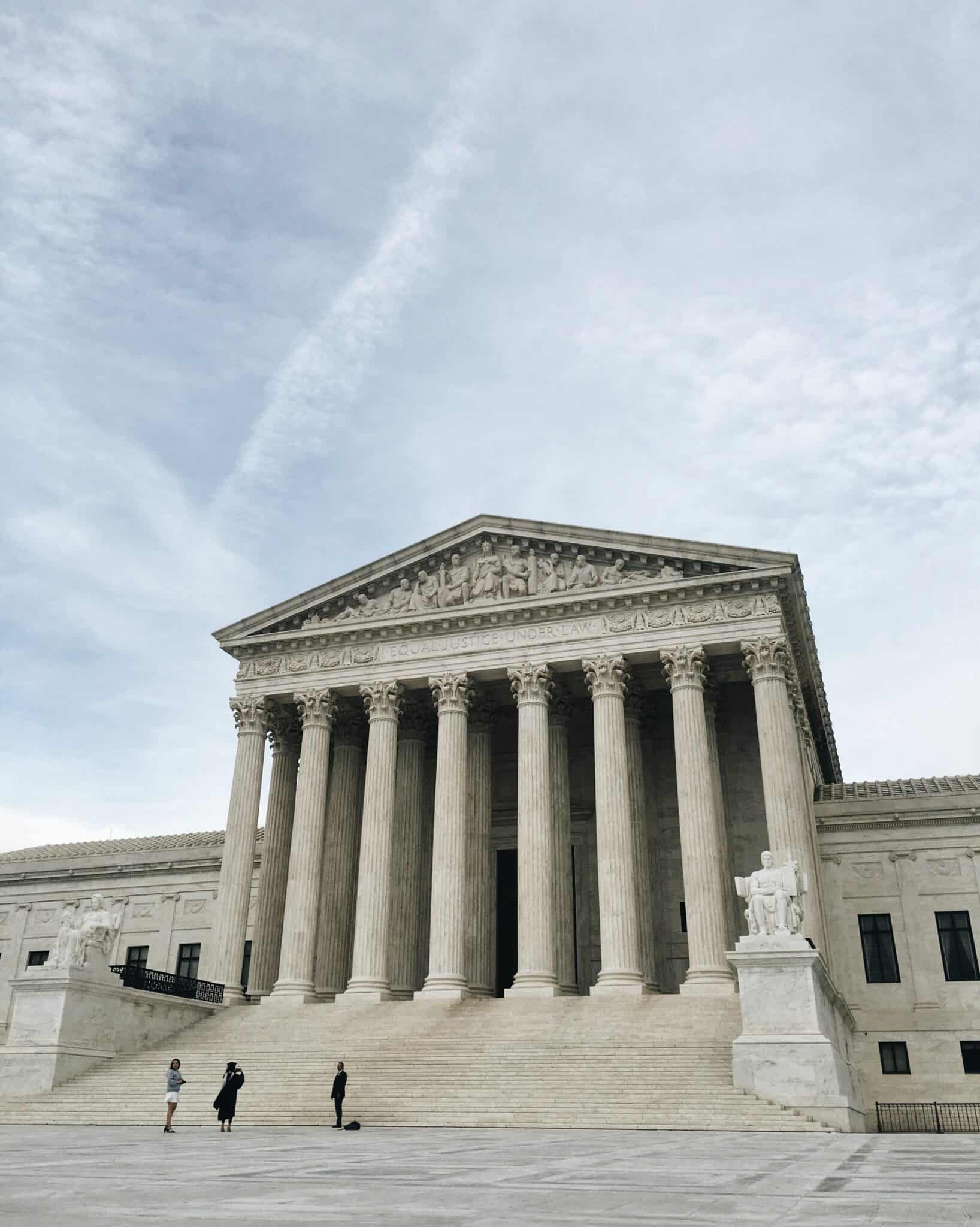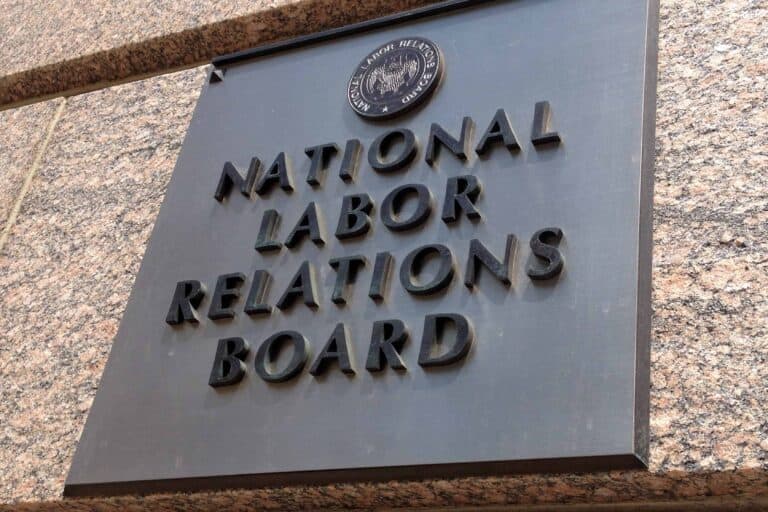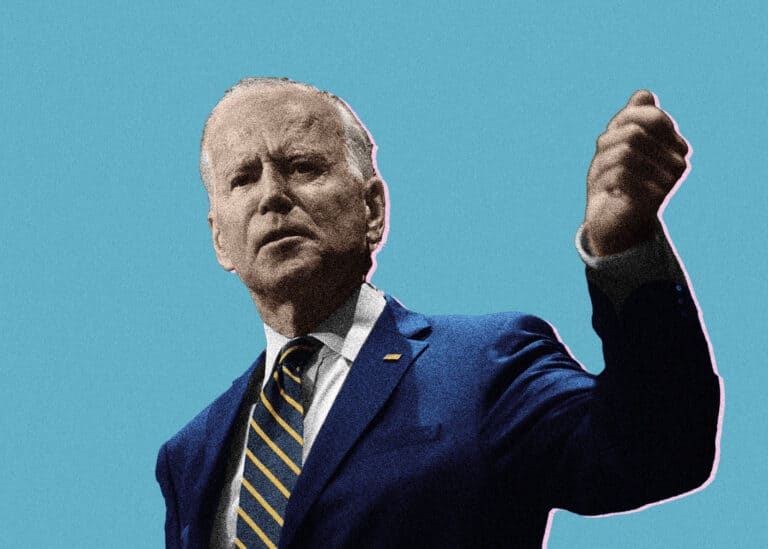
Andrew Strom is a union lawyer based in New York City. He is also an adjunct professor at Brooklyn Law School.
Reading the briefs in Southwest Airlines Co. v. Saxon, a case the Supreme Court will hear at the end of the month, I was reminded of two aphorisms. The first is “what a tangled web we weave when first we start to deceive,” and the second is Karl Marx’s observation that history repeats itself, the first time as tragedy, and the second time as farce. This is yet another case involving forced arbitration for workers. When Congress enacted the Federal Arbitration Act in 1925 all evidence was that it intended to exclude all employment contracts, but in 2001, an already-far-right Court held that the exclusion of “contracts of employment of seamen, railroad employees, or any other class of workers engaged in foreign or interstate commerce” applies only to transportation workers. Now, Southwest Airlines is hoping to shrink that exception even further.
The Supreme Court’s 5–4 decision in Circuit City Stores v. Adams should rank among the most infamous of anti-worker Supreme Court cases. I’ve written about the tragedy of Circuit City before here, and you can read that for the long version, but I’ll quickly summarize the deception in that opinion. The drafters and sponsors of the FAA repeatedly described it as a law to enforce commercial and maritime contracts. Back in 1925 when the FAA was written, the Supreme Court interpreted congressional power to regulate interstate commerce narrowly. For instance, in a 1918 case, Hammer v. Dagenhart, the Court struck down a law barring the transportation of goods made by children under the age of 16. The Court held that the power to regulate interstate commerce did not include the power to regulate the conditions in factories used to produce goods sold in interstate commerce. So, when Congress wrote that the FAA did not apply to any “class of workers engaged in interstate or foreign commerce,” the exclusion covered all workers subject to Congress’s power to regulate commerce. Then–Secretary of Commerce Herbert Hoover said as much in a letter he submitted to the Senate committee. As to why Congress added the specific exclusion for seamen and railroad employees, Justice Souter explained that these were the classes of workers that Congress had the most obvious authority to regulate, so mentioning them specifically while adding a catch-all phrase should be viewed as merely the exercise of an abundance of caution.
But, the five-Justice majority in Circuit City chose to close its eyes to legislative history, and refused to acknowledge the obvious fact that when Congress used the term “engaged in foreign or interstate commerce” in 1925, it meant the exclusion to extend to the full scope of Congress’s commerce power. While refusing to consider the actual legislative history, the Court majority decided to speculate as to why Congress might have specifically singled out contracts of seamen and railroad employees for exclusion: “It is reasonable to assume that Congress excluded ‘seamen’ and ‘railroad employees’ from the FAA for the simple reason that it did not wish to unsettle established or developing statutory dispute resolution schemes covering specific workers.”
Fast-forward twenty years, and now we have a farcical argument in front of the Court where both sides have to start from the absurd premise that Congress made a calculated decision to exclude transportation workers, and only transportation workers, from the coverage of the FAA. Latrice Saxon is a ramp supervisor for Southwest Airlines. Despite her title, she spends most of her workday loading and unloading cargo, including passengers’ luggage, mail, and freight. Saxon filed a lawsuit alleging that Southwest had violated the Fair Labor Standards Act by not paying her overtime when she worked more than 40 hours in a week. Southwest responded by invoking the arbitration agreement Saxon was forced to sign as a condition of employment. When the Seventh Circuit ruled for Saxon, Southwest decided that the current Court might be willing to shrink the FAA employment-contract exclusion even further.
Southwest argues that the FAA exclusion should apply only to workers who actually cross borders, a breathtaking proposition given that in 1925 many seamen and railroad employees did not cross borders. Southwest and the Chamber of Commerce suggest that this narrow reading of the exclusion is justified to avoid “line-drawing problems” in deciding who qualifies as a transportation worker. And both parties and their amici spend a great deal of time addressing the Court’s speculation in Circuit City that Congress excluded seamen and railroad employees from the FAA because “it did not wish to unsettle established or developing statutory dispute resolution schemes covering specific workers.” For Saxon, this means the exemption should obviously apply to her because airline workers are covered by the very same dispute resolution statute — the Railway Labor Act — that covers railroad employees. Southwest tries to avoid the obvious implication of the Court’s assertion by insisting that RLA coverage should be irrelevant because the types of disputes that an individual employee might bring are different from the types of disputes subject to mandatory arbitration under the RLA. In addition, both Southwest and the Chamber of Commerce argue that the exemption somehow shouldn’t apply to non-union workers like Saxon because the dispute resolution mechanisms in the RLA cover disputes relating only to collective bargaining. The air industry trade association asserts that precisely because the RLA would compel unionized airline workers to arbitrate disputes arising under their collective bargaining agreements, it would be unfair not to allow Southwest to force Saxon into arbitration.
Amazon, Uber, and Lyft have all filed briefs saying that even limiting the exemption to workers who cross borders doesn’t go far enough. Amazon insists that its local delivery drivers who move goods in the final leg of their interstate journeys do not come within the exclusion because “cross-border transportation is not a central part . . . of making local deliveries.” Uber and Lyft want to make sure that even if many of their drivers in certain markets routinely cross state lines they can still force drivers to arbitrate disputes because nationwide a majority of their drivers do not regularly cross state lines. In making this argument for Lyft, former Obama Solicitor General Donald Verrilli invokes the Circuit City fiction that the FAA exemption for contracts of employment meant to carve out only categories of workers for whom Congress had enacted or contemplated specific dispute resolution systems. He argues that while a dispute among railroad employees might have “highly problematic effects on interstate commerce,” there is no reason to think that Congress would have a similar concern about Uber and Lyft drivers. Uber avoids making a similar falsely modest claim, implicitly acknowledging that a nationwide strike by its drivers would have highly problematic effects on interstate commerce.
Even the current anti-worker Court is going to be hard-pressed to write an opinion finding that an airplane cargo loader like Saxon is not part of a “class of workers engaged in foreign or interstate commerce.” But a victory by Saxon should not be misinterpreted as a sign of moderation by the Court. Instead, it should be a reminder that the Court’s composition is inviting a series of ever more brazen, if not farcical, arguments by big corporations.










Daily News & Commentary
Start your day with our roundup of the latest labor developments. See all
July 8
In today’s news and commentary, Apple wins at the Fifth Circuit against the NLRB, Florida enacts a noncompete-friendly law, and complications with the No Tax on Tips in the Big Beautiful Bill. Apple won an appeal overturning a National Labor Relations Board (NLRB) decision that the company violated labor law by coercively questioning an employee […]
July 7
LA economy deals with fallout from ICE raids; a new appeal challenges the NCAA antitrust settlement; and the EPA places dissenting employees on leave.
July 6
Municipal workers in Philadelphia continue to strike; Zohran Mamdani collects union endorsements; UFCW grocery workers in California and Colorado reach tentative agreements.
July 4
The DOL scraps a Biden-era proposed rule to end subminimum wages for disabled workers; millions will lose access to Medicaid and SNAP due to new proof of work requirements; and states step up in the noncompete policy space.
July 3
California compromises with unions on housing; 11th Circuit rules against transgender teacher; Harvard removes hundreds from grad student union.
July 2
Block, Nanda, and Nayak argue that the NLRA is under attack, harming democracy; the EEOC files a motion to dismiss a lawsuit brought by former EEOC Commissioner Jocelyn Samuels; and SEIU Local 1000 strikes an agreement with the State of California to delay the state's return-to-office executive order for state workers.